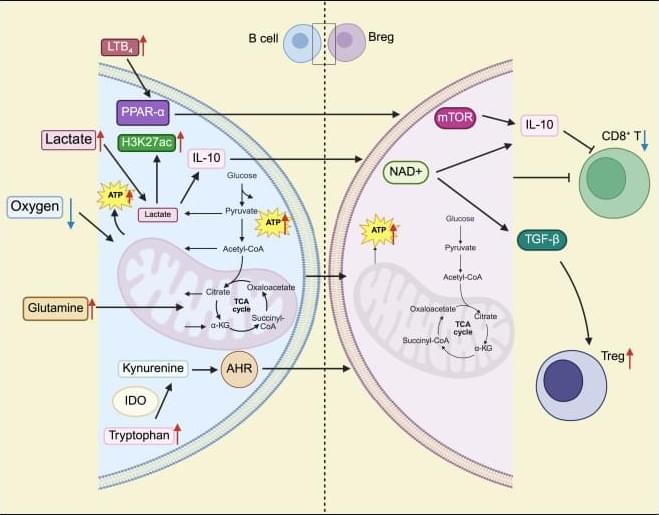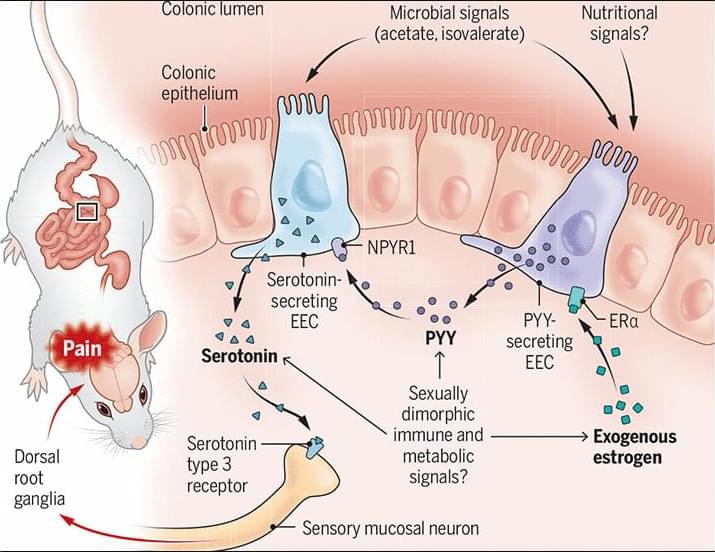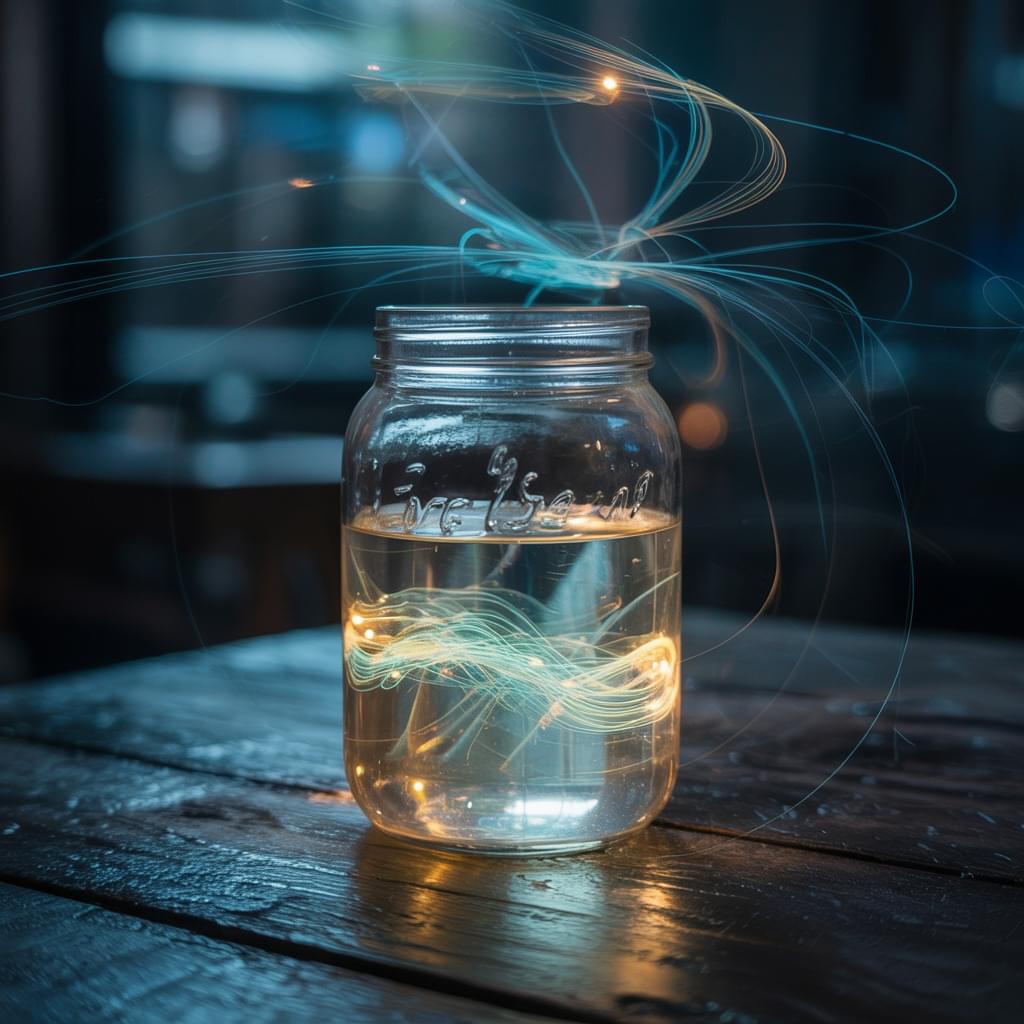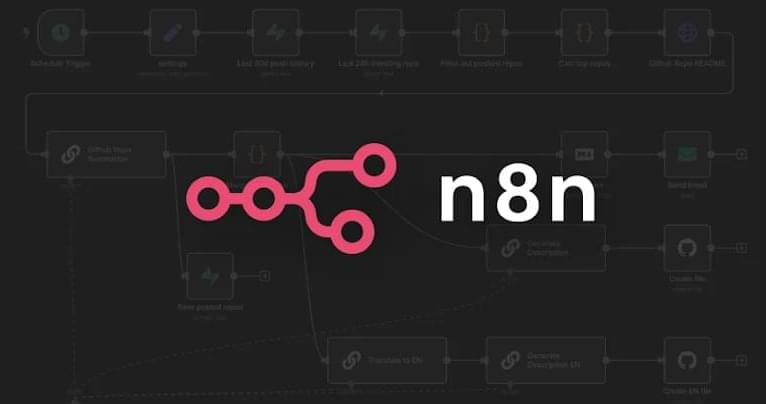Diamonds aren’t quite forever… but they’re damn close.
Category: futurism – Page 5


Pathways of pain
A previously unrecognized estrogen-dependent signaling pathway in the gut regulates visceral pain sensitivity in mice, according to a new Science study. The findings provide a pathway toward targeted therapeutic strategies.
Learn more in a new Science Perspective.
Estrogen tunes a cross-talk between hormone-secreting cells in the mouse gut to regulate visceral pain.
Amélie Joly and Irene Miguel-Aliaga Authors Info & Affiliations
Science
Vol 390, Issue 6779

Humans could have as many as 33 senses
Stuck in front of our screens all day, we often ignore our senses beyond sound and vision. And yet they are always at work. When we’re more alert, we feel the rough and smooth surfaces of objects, the stiffness in our shoulders, the softness of bread.
In the morning, we may feel the tingle of toothpaste, hear and feel the running water in the shower, smell the shampoo, and later the aroma of freshly brewed coffee.
Aristotle told us there were five senses. But he also told us the world was made up of five elements and we no longer believe that. And modern research is showing we may actually have dozens of senses.


Agent X and the Edge of Reality
Preface and Index.

Two ancient human species came out of Africa together, not one, suggests new study
The textbook version of the “Out of Africa” hypothesis holds that the first human species to leave the continent around 1.8 million years ago was Homo erectus. But in recent years, a debate has emerged suggesting it wasn’t a single species, but several. New research published in the journal PLOS One now hopes to settle the matter once and for all.

